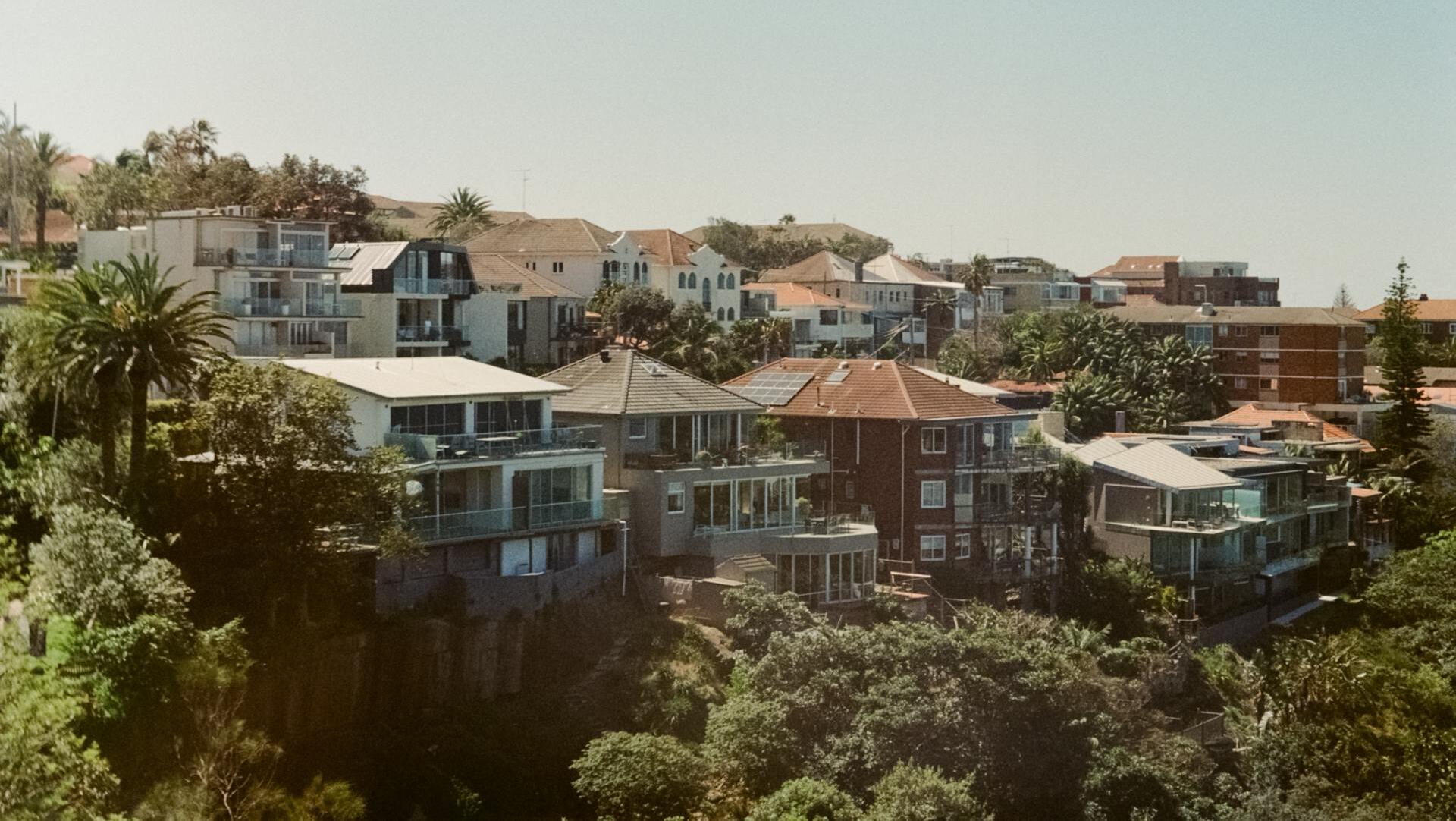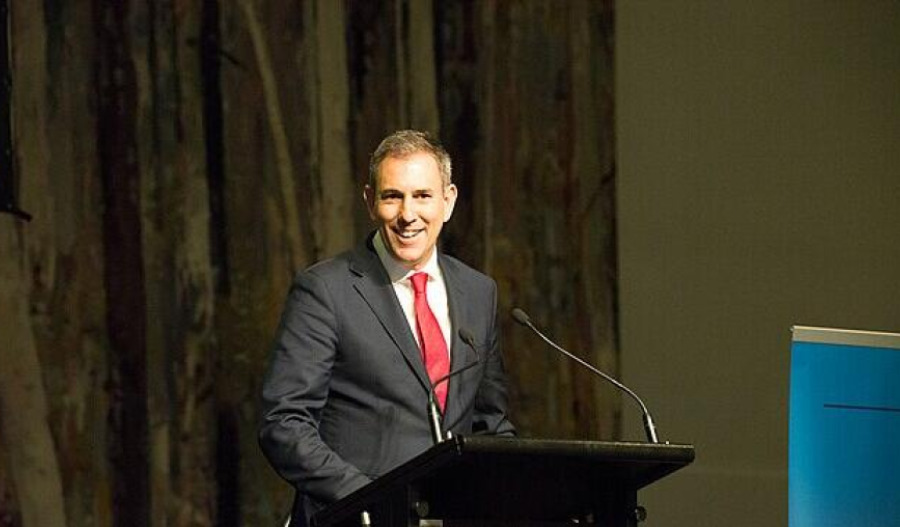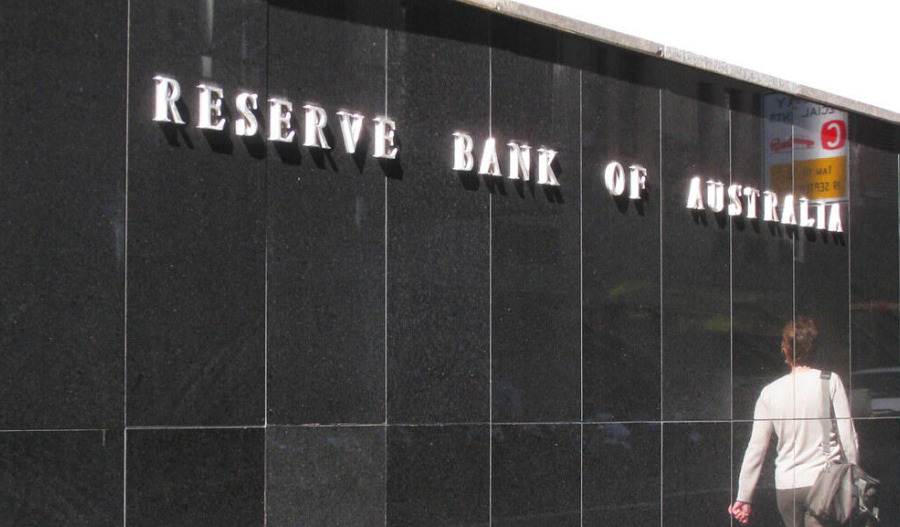ANZ Research has raised its housing price forecasts for Australian capital cities, now predicting a 5.0% year-on-year increase in 2025 and 5.8% in 2026.
Three key factors underpin this outlook: rate cuts, supply constraints, and affordability pressures.
The Reserve Bank of Australia’s easing cycle, which began with a rate cut in February, helped reverse a shallow three-month housing downturn.
Since then, capital city housing prices have grown at an annualised rate of 7.4% over the past three months. Historically, easing cycles have seen capital city prices rise by an average of 6.1% in the first year (7.4% excluding the post-GFC cycle).
ANZ expects the RBA to cut rates by 25 basis points again in November, further supporting house prices.
Supply remains tight, with new listings down over 10% year-on-year and total listings around 29% below the 10-year average. This shortage is expected to ease slightly with the upcoming spring selling season but will continue to exert upward pressure on prices, especially in regions with strong population growth.
Affordability constraints are expected to limit sharp price increases. Lower-priced properties are seeing stronger gains, with prices in the bottom quartile rising 5.7% year-on-year in July, compared to 1.2% for the top quartile.
ANZ forecasts Melbourne will benefit from affordability-driven growth in 2026, while Adelaide may face challenges following a 76% price rise over five years.
Since the RBA’s easing began, Sydney and Melbourne prices have rebounded by approximately 2.9% and 2.8% respectively.
Historically, more expensive properties tend to outperform during easing cycles, but this trend may shift due to affordability pressures in the current cycle.



